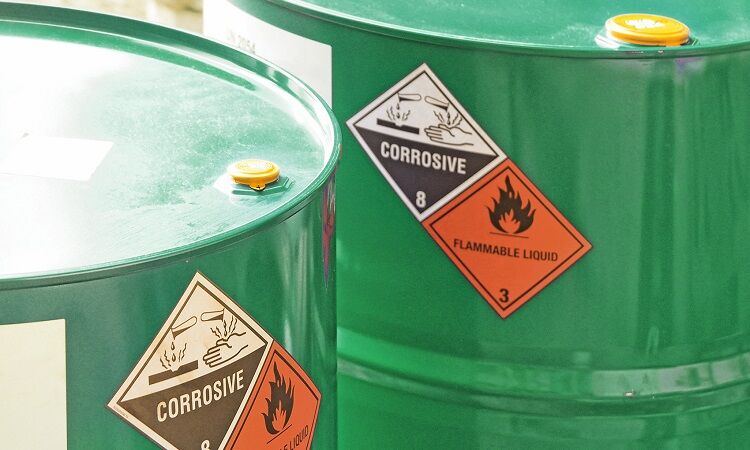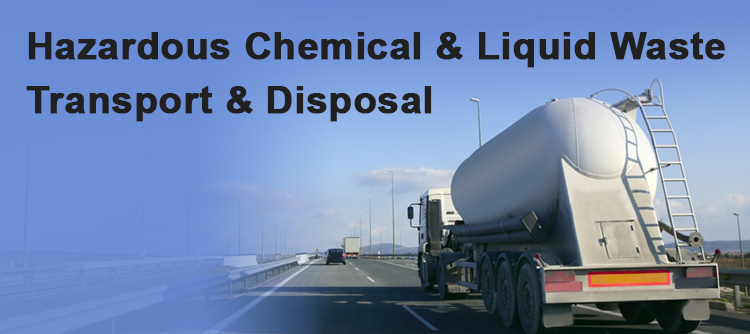Professional Liquid Waste Removal Melbourne: Quick and Budget-friendly Providers
Professional Liquid Waste Removal Melbourne: Quick and Budget-friendly Providers
Blog Article
Just How Liquid Waste Disposal Works: A Thorough Review of Strategies and Technologies Used

Overview of Fluid Waste Kind
The complexity of fluid waste types demands a detailed understanding of their attributes and effects for disposal. Fluid waste can extensively be categorized right into numerous kinds, consisting of commercial, community, agricultural, and contaminated materials. Each classification shows distinctive properties, needing specific administration strategies to minimize ecological and health and wellness risks.
Industrial liquid waste stems from making processes and often has a variety of contaminants, such as hefty metals, solvents, and natural substances. Municipal fluid waste, primarily making up wastewater from families and business establishments, has raw material, nutrients, and pathogens (industrial wastewater treatment). Agricultural liquid waste, consisting of drainage from farms, may include fertilizers, pesticides, and animal waste, positioning threats to water top quality and ecosystems
Harmful liquid waste is characterized by its poisoning, sensitivity, or possible to cause damage. Understanding these diverse fluid waste kinds is vital for developing effective disposal methods and ensuring compliance with environmental regulations.
Physical Therapy Methods

Testing is the initial step, where larger particles and debris are removed from the liquid waste using screens or grates. In sedimentation tanks, much heavier bits settle at the base, forming a sludge layer, while the clarified fluid can be further treated.
Purification is one more vital approach that entails passing the fluid with porous materials, such as sand or membranes, to catch smaller bits. This action boosts the top quality of the liquid, making it appropriate for subsequent therapy procedures.

Chemical Therapy Methods
Chemical therapy strategies are vital for efficiently taking care of liquid waste, particularly in addressing dissolved and colloidal pollutants that physical techniques may not effectively eliminate. These techniques utilize different chemical representatives to counteract, precipitate, or transform dangerous compounds into much less dangerous types.
One typical method is coagulation and flocculation, where chemicals such as alum or ferric chloride are included in promote the gathering of put on hold bits. This procedure enhances sedimentation, enabling for simpler removal of the resulting sludge. Additionally, oxidation procedures, employing agents like chlorine or ozone, are employed to damage down complex organic compounds and pathogens, providing the waste safer for discharge or more treatment.
Neutralization is an additional crucial technique, which readjusts the pH of acidic or alkaline waste streams to neutral levels, protecting against prospective damage to downstream systems and the environment. Moreover, advanced oxidation procedures (AOPs) use mixes of oxidants and ultraviolet light to weaken consistent contaminants, achieving a higher degree of therapy effectiveness.
Organic Treatment Procedures
Organic treatment procedures play a crucial function in the management of fluid waste by utilizing microbes to disintegrate raw material and decrease contaminant degrees. These procedures read the article can be generally classified into aerobic and anaerobic treatments, each using details microbial communities to attain effective waste destruction.
Cardiovascular therapy includes using oxygen to assist in the break down of organic products by microorganisms. This process is typically executed in turned on sludge systems, where oygenation tanks offer a helpful environment for microbial growth, resulting in the oxidation of natural pollutants. The resultant biomass can be separated from dealt with effluent with sedimentation.
On the other hand, anaerobic treatment takes place in the absence of oxygen, depending on various bacteria to damage down organic matter. This technique is especially useful for high-strength waste, as it creates biogas, a renewable power source, while reducing sludge production. Technologies such as anaerobic digesters are often utilized in industrial and community applications.
Both anaerobic and cardiovascular organic therapies not just lessen the ecological impact of liquid waste however likewise promote source recovery, making them crucial components of lasting waste administration strategies. Their performance, efficiency, and versatility support their extensive application throughout various industries.
Arising Technologies in Disposal
Innovative strategies to liquid waste disposal are quickly evolving, driven by improvements in innovation and a boosting emphasis on sustainability. Amongst these emerging technologies, membrane layer bioreactors (MBRs) have actually gotten grip for their ability to combine organic therapy with membrane filtering, leading to high-quality effluent that can be reused in numerous applications. MBRs enable smaller sized footprints and much more effective procedures contrasted to standard systems.
An additional encouraging growth is using anaerobic food digestion integrated with nutrient recovery technologies, which not only treats fluid waste but also produces biogas and recovers beneficial nutrients visit the site like nitrogen and phosphorus. This dual advantage boosts source efficiency and reduces environmental effect.
In addition, advanced oxidation procedures (AOPs) are being embraced for the degradation of complex natural contaminants. These methods make use of effective oxidants and catalysts to damage down pollutants at the molecular degree, offering a highly effective service for challenging waste streams.
Furthermore, the combination of expert system and artificial intelligence in waste management systems is maximizing functional efficiency and predictive upkeep, bring about reduced prices and boosted ecological compliance. These technologies show a considerable shift in the direction of more lasting and reliable liquid waste disposal practices.
Final Thought
Finally, effective liquid waste disposal requires a comprehensive understanding of numerous techniques and innovations. The combination of physical, chemical, and biological treatment techniques makes certain the Learn More Here reliable monitoring of varied waste kinds. Furthermore, the development of ingenious innovations boosts therapy efficacy and advertises sustainability in waste administration practices. By continually advancing these techniques, it ends up being feasible to address the growing challenges connected with fluid waste, inevitably adding to environmental management and source healing.
Liquid waste disposal is a critical element of ecological monitoring, calling for a comprehensive understanding of various techniques and technologies tailored to various waste types. Fluid waste can extensively be classified right into numerous kinds, including industrial, municipal, agricultural, and unsafe waste. Agricultural fluid waste, including runoff from farms, might consist of fertilizers, pesticides, and pet waste, presenting threats to water quality and communities.
Numerous physical therapy approaches play a crucial function in taking care of fluid waste efficiently - industrial wastewater treatment.In verdict, efficient fluid waste disposal requires a comprehensive understanding of various methods and innovations
Report this page